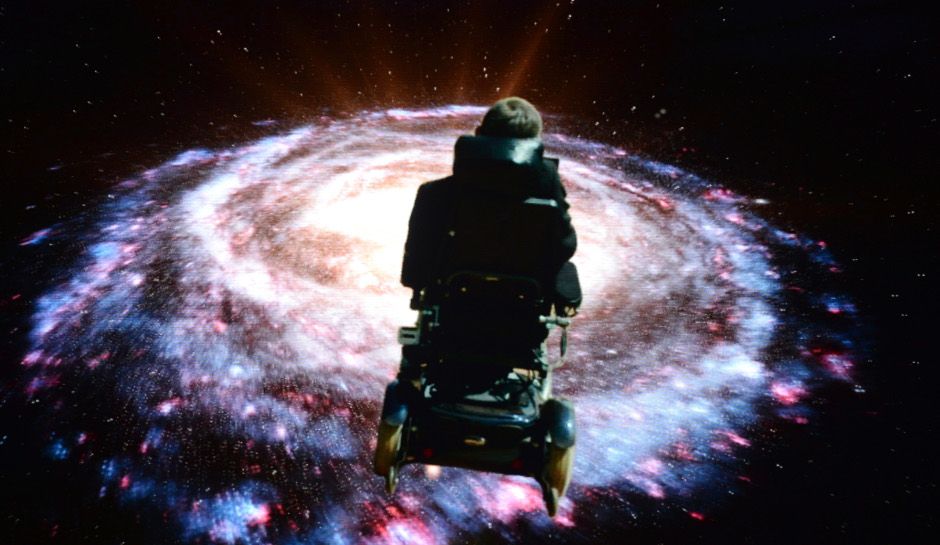Researchers at Linköping University’s Laboratory of Organic Electronics, Sweden, have developed power paper — a new material with an outstanding ability to store energy. The material consists of nanocellulose and a conductive polymer. The results have been published in Advanced Science.
One sheet, 15 centimetres in diameter and a few tenths of a millimetre thick can store as much as 1 F, which is similar to the supercapacitors currently on the market. The material can be recharged hundreds of times and each charge only takes a few seconds.
It’s a dream product in a world where the increased use of renewable energy requires new methods for energy storage — from summer to winter, from a windy day to a calm one, from a sunny day to one with heavy cloud cover.








